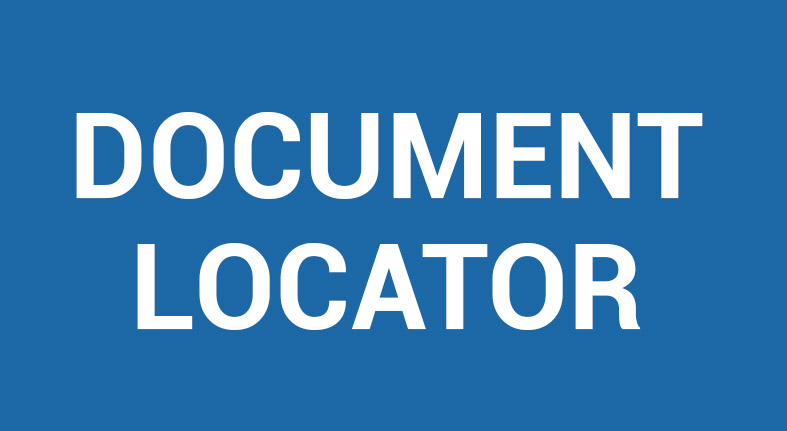Document control procedures
Document control procedures set the framework for how documents are approved, updated or amended, how changes are tracked, how documents are published (internally or externally), and how documents are made obsolete.
A document management system helps automate the control and tracking of documents that are managed according to document control procedures. Everything from the Document Control Procedures Manual itself, to all the documents and files governed by the document control program, are managed within the centralized system.

A key component of quality and compliance programs, document control procedures keep all your documents in order.
What are document control procedures?
document control procedures are the processes defined by a Document Control Procedures Manual. This includes:
Document creation
Who creates a document, and how the document is created, are determined by the document control procedure. This can include details on how the document is formatted, how it is named, and other technical details about the document.
Document review and approval
How a document is reviewed, who approves a document, and how approvals or modifications are recorded, are all spelled out in the document control procedure. Quality assurance principles require documents be reviewed for accuracy.
Document revisions
After documents become final and approved, they often still need changes in the future. Document control procedures will determine the process for document revisions. The procedures identify who can initiate or request revisions, and who can implement them. Document revision levels, publish date, document owner, and next review date are managed over the lifecycle of the document. Once revisions are drafted, they follow an approval process similar or identical to the initial document review and approval process. The document control procedure also defines how a document will be identified according to its revision.
Document publishing
Once documents are final and approved, the document control procedures define the parameters of how and where a document is published, and who is authorized to have access to it. Publishing requirements may indicate whether the document is available internally or externally, where a document is made available, what security restrictions are on a document, and so on.
Document obsoleting
The obsoleting of documents, or their removal from availability, is another important process outlined in the document control procedure. Obsoleting may be determined by date, or can occur when documents (or the content they reference) are replaced.
Benefits of document control procedures
Making sure that the correct, up-to-date, and approved document is being used, is a key benefit of document control procedures. Documents that are out of date or no longer accurate can be a cause for major concern, and result in some of the most frequent audit findings in compliance programs. Unapproved or outdated procedures, uncontrolled documents, inaccessible or lost files… these are some of the more preventable audit findings that can occur without document control procedures.
Who's responsible for document control procedures?
In most organizations, an individual or group of individuals are identified as responsible for document control procedures. This includes responsibility for the Document Control Procedures Manual (itself following document control procedures).
Solutions using document control procedures
There are several components of a document management system that support document control procedures. Some of the more commonly used:
Read more
Learn more
Be ready for the next audit
Employee files under control
Structured project files
Automate business processes
Ready for a Demo?
Take the first step towards streamlining your processes and enhancing collaboration with Document Locator. Request a demo today and discover how our document control solution can help your organization.
Fill out the form to get started.







